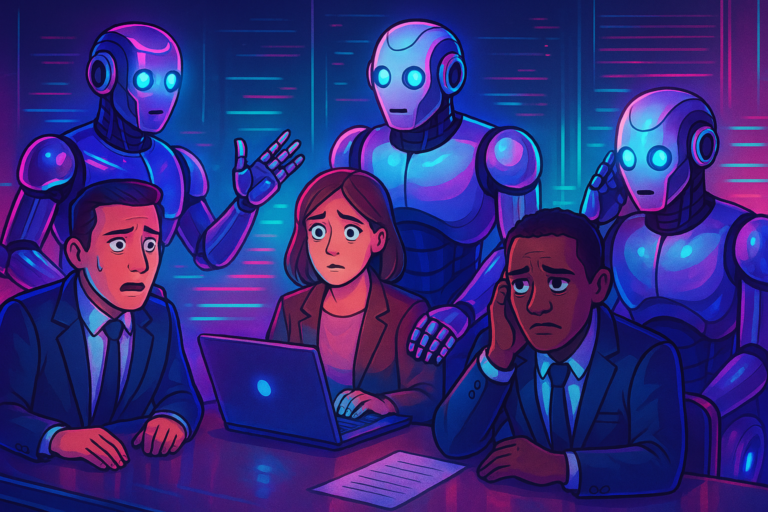The philosophy of R1 is the « Large Action Model » (LAM). Promising to go beyond Large Language Models such as GPT, whose function is primarily to generate and process textual information, LAMs are supposed to be able to control popular applications such as Spotify and Uber for us, to spare us the trouble of doing it ourselves. Training the LAM enables the system to recognize the interfaces of the applications and interact with them without manual intervention from the human user. This hybrid approach, blending pattern recognition by neural networks and symbolic AI reasoning, creates a versatile and autonomous AI assistant.
The R1 incorporates a training mode allowing users to teach specific actions to the device. Rabbit OS, the preinstalled operating system, can even learn multi-step tasks in complex applications like Photoshop and execute them on voice command.
Compact in size, the R1 is equipped with a 2.3GHz MediaTek processor, 4GB of RAM, and 128GB of storage. It features a 2.88-inch touchscreen, a rotating camera, and a navigation wheel. It is available for pre-order at $199, significantly less than conventional smartphones and other generative AI interfaces, such as Meta Glasses.
Does the R1 foreshadow the future iPhone?
Watch the launch keynote on the Rabbit website
According to Jesse Lyu, CEO of Rabbit, the R1 aims to combine voice assistant, screen, and camera, positioning itself more as a competitor to devices like Humane’s new AI Pin rather than the iPhone. This innovation nonetheless raises questions about the future of applications. The Rabbit R1, by making interactions with applications smoother and more intuitive, could reduce reliance on traditional interfaces. The era of traditional smart assistants, like Alexa, seems to be over with the advent of AI-first devices like the R1.
Traditionally seen as vessels for applications, smartphones could evolve into « AI boxes ». This metamorphosis would mean that interaction with devices would no longer occur through distinct applications, but through an integrated artificial intelligence interface capable of understanding and executing complex actions. This is likely the direction in which Apple aims to take its flagship smartphone, aided by its secretive development of the « Ferret » large language model. The Rabbit R1, with its LAM, foreshadows this evolution, transforming how we interact with our devices.
Could this device mark the beginning of an era where applications as we know them become obsolete, replaced by a more organic and integrated interaction with technology? Only time will tell, but one thing is certain: the Rabbit R1 represents a significant turning point in how we interact with technology on a daily basis.





